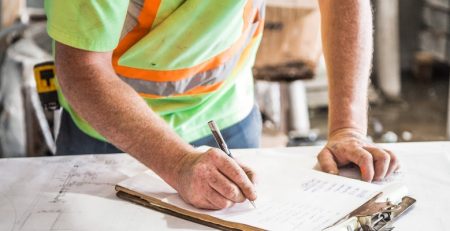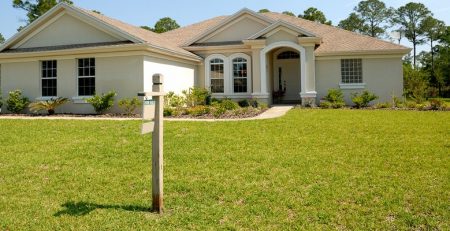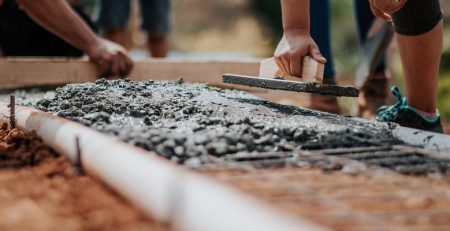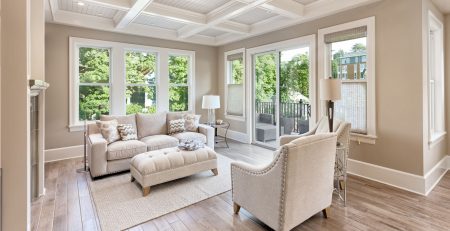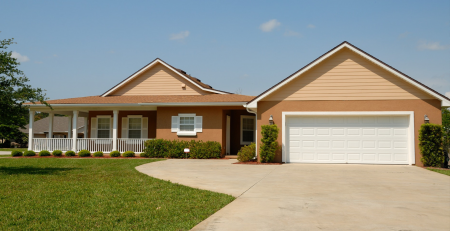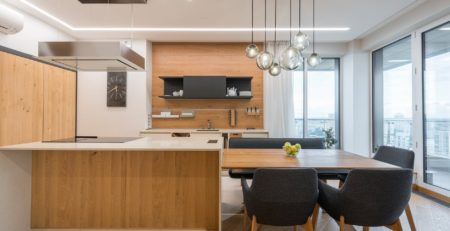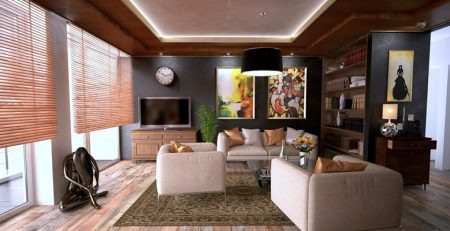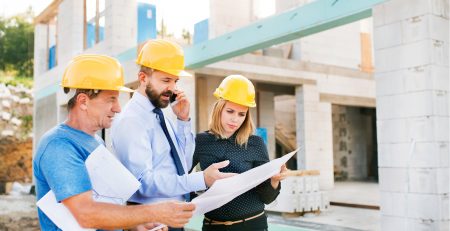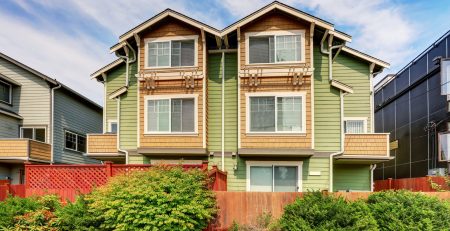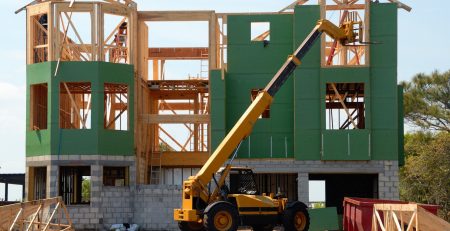Did you know that the average cost of building a home in Australia was pegged at $313,800?
This is about $1,300-$3,900 per square metre to build a full house. This number can be a bit misleading to many as it does not take the varying levels of finish that people will choose to use. It is better to work with quotes from builders in your area that will be looking at your home plans and budget using that. Below is a list of costs that you most people must pay when building a new home.
1. Design and Consultant costs
This is how the ball gets rolling. An architect or building designer will work with you to design your dream home. On average this cost can be from 3% to 20% of your total building costs depending on your level of home design and the architect you engage. After completion, house plans must be submitted to the local council for approval. The builder or your architect can help you meet the submission criteria so that you avoid delays. Approval can take 30-100 days on average, but if you are building in a delicate or heritage area. Expect approval to take least a year. You will need too sit down with your builder and get a budget down for the project and sign a contract before finalizing your plans. You wouldn’t want to have all the plans and documents complete and realize your home will be over budget to build.
2. Site Costs
These are expenses involved in preparing a piece of land for building. The builder will usually do this on your behalf and add this invoice to the build price. If you prefer, you can get the site survey done before you start involving your builder. Site costs include fencing, service connection for water, gas, power and sewerage and site clearance and levelling. Pre-Start meeting costs will be incurred when your house plans have been council approved and you sit with your builder to finalise how your home will be finished.
3. Construction Costs
This is where the $1300 – $3900/m2 can come into play. Most people wouldn’t know, but size and finishes play a huge part in construction costs. Large home with entry level finishes can cost the same as a very small terrace home with high-end finishes. Before your design and consultant work is at a stage where it too late to change, you need to have engaged a builder to discuss your budget and the finishes you require so you have a clear understanding of your maximum build size and finishes schedule. Finding an honest builder where you can discuss your budgets, can play an enormous part in having a seamless build experience. Choosing finishes over home size or vis versa needs to be discussed with your builder and implemented during your design stage.
4. Unexpected building costs
As with any venture, plans change. No matter how meticulous you are before you start this venture, expect to have some added cost to your projected building price. Some of these will be under your control and some will not. Electrical changes such as changing the number of lights in a room will cost you more. If you decide to change the materials for your homes such as roof material and flooring, you can incur are costs within your decision making. Fixtures and fittings can add to your projected cost. Special fittings come at a premium and if you decide to go this route, expect to pay more. Any variations to your contract will also be charged by most builders.
Where you can run into unexpected costs are usually during the excavation and digging stages. Unforeseen conditions in your foundations or service diagrams that don’t coincide with site locations could lead to unexpected cost blowouts. Ordering items or material from international or interstate can lead to unexpected cost building costs in the sense of delays.
Your builder can charge you if delays arise from work stoppage to not having the required material or items. This means the builder cannot finish the project at the expected date which can costs the building company from moving onto other projects. Unexpected weather can lead to building costs. If you are at a stage where your construction site is open to the elements, and you are hit with inclement weather for a few months. You might have to change some of the materials installed like the frames or yellow tongue flooring. Unforeseen weather condition is usually an exclusion from most building contracts and the builder cannot be held liable to replace any damages to the building.
These are all things one would need to have some a contingency for, when building. If you have maximized your budget without any contingency, you may fall in dire circumstances if you are met with any of the things listed above.
If you found this blog interesting and insightful, we have other building-related blogs you may find interesting. For more information visit our website or contact us today!
Also, XB Projects are also known as oe of the most professional and reliable Interior Designers in Sydney, contact us to get complete solution for your Interior Design projects needs.


